
Scientists make history by ‘freezing’ light in groundbreaking experiment
Scientists Make History by ‘Freezing’ Light in a Groundbreaking Experiment
Imagine a world where light—the fastest entity in the universe—can be halted in its tracks, suspended in time like an object at rest. For centuries, light has been the epitome of speed, traveling at an astonishing 186,282 miles per second. But what if we could slow it down, capture it, and even manipulate it as if it were a tangible substance? In a breakthrough that seems to blur the line between science fiction and reality, a team of scientists led by Dr. William Carter has done precisely that.
This revolutionary experiment not only defies long-held perceptions about light but also introduces a previously unseen state of matter: the supersolid. A supersolid is a peculiar hybrid, possessing both the fluidity of a liquid and the rigidity of a solid. This achievement challenges conventional physics and opens doors to a new realm of possibilities, from quantum computing advancements to revolutionary communication methods. But how exactly did researchers freeze light, and what does this mean for the future of science? Let’s dive into the details.
What Does It Mean to ‘Freeze’ Light?
Light, known for its dual wave-particle nature, has always been considered untouchable and ephemeral, moving ceaselessly through space. The idea of freezing light—essentially stopping it in its tracks—seemed to contradict the fundamental laws of nature. However, Dr. Carter and his team, including quantum physicist Dr. Emily Dawson and materials expert Dr. Jonathan Reynolds, successfully achieved this feat by transforming light into a supersolid.
A supersolid behaves unlike any known form of matter. Imagine a liquid that can flow effortlessly yet maintain a well-defined shape, resisting deformation like a solid. In this frozen state, light retains its wave-like properties while gaining the characteristics of a solid, making it possible to control and manipulate in unprecedented ways.
This discovery extends beyond a mere scientific curiosity. It hints at vast, uncharted territories in quantum mechanics and theoretical physics, potentially altering our understanding of matter and energy interactions. In essence, freezing light is akin to capturing time itself—an unprecedented ability that could reshape the future of technology.
The Science Behind the Discovery
The path to freezing light was paved by an elite team of researchers who utilized cutting-edge laser technology and extreme cryogenic temperatures. By creating an environment near absolute zero, Dr. Carter and his team were able to slow down light to a near standstill. This process is rooted in the principles of quantum mechanics, where particles can exist in multiple states simultaneously—a phenomenon known as superposition.
In their groundbreaking experiment, the scientists used laser beams to cool a cloud of rubidium atoms to temperatures just a fraction above absolute zero. At such extreme conditions, atomic movement slows drastically, allowing unusual quantum behaviors to emerge. By carefully controlling the interaction between light and these ultra-cold atoms, the team successfully induced a supersolid state, where light behaved as both a solid and a liquid simultaneously.
A crucial aspect of this discovery is the role of superfluidity—a state where a material flows without resistance. While superfluidity has previously been observed in helium at extremely low temperatures, the fusion of light’s natural speed with the properties of a superfluid creates an entirely new category of matter. This remarkable fusion opens doors for further research into the quantum world, inviting new theoretical frameworks and practical applications.
The Technology and Techniques Used
Achieving this unprecedented feat required a combination of advanced techniques and state-of-the-art technology. The team employed a highly specialized laser system capable of manipulating light with extraordinary precision. This system controlled the intensity and temperature of the light, effectively trapping it in place.
To maintain the ultra-cold environment necessary for the experiment, the scientists utilized sophisticated cooling methods such as laser cooling and evaporative cooling. These techniques slow down atomic motion, allowing them to reach near-absolute zero temperatures, where quantum effects become prominent.
Additionally, the use of supersolid matter marked a breakthrough in physics. While theorized for decades, supersolids had never been observed in real-world conditions until now. The success of this experiment not only validates long-standing hypotheses but also demonstrates the practical feasibility of manipulating light in ways previously thought impossible.
By harnessing the peculiar properties of supersolids, scientists are already envisioning a future where quantum computing, ultra-secure communication, and even novel forms of energy storage become realities.
Why This Breakthrough Is Important
At the heart of this discovery lies an array of revolutionary applications. One of the most exciting implications is in the field of quantum computing. Quantum computers rely on qubits, which can exist in multiple states simultaneously. The ability to control light in a supersolid state could lead to more stable qubits, vastly improving computational power and efficiency.
Another promising application is in communication technology. Light in its frozen form could enable the transmission of data with unprecedented speed and security. This could lead to advancements in quantum encryption, making communication networks virtually impenetrable to cyber threats.
Beyond technology, this discovery reshapes our fundamental understanding of physics. The ability to freeze light challenges classical notions of time and energy, potentially leading to new models of the universe. As Dr. Dawson aptly puts it, “We are no longer merely observing quantum mechanics; we are actively shaping it.”
The Future of Light and Matter Research
The successful freezing of light is just the beginning of an exciting new era in physics. Scientists are now exploring ways to refine these techniques, improve the stability of the frozen light, and unlock its full potential.
One major area of research is in quantum communication, where frozen light could revolutionize secure data transmission. With quantum encryption technology, messages could be sent in an entirely unbreakable format, ensuring absolute security in digital communications.
Additionally, the study of supersolids and their interaction with light could lead to advancements in material science, energy storage, and even space exploration. Imagine spacecraft utilizing energy-efficient supersolid materials for propulsion, or ultra-dense energy storage solutions transforming the renewable energy industry.
As Dr. Reynolds speculates, “We are only scratching the surface of what’s possible. The ability to manipulate light in this way could lead to discoveries we can’t even fathom yet.”
Unlocking the Future: The Frozen Light Breakthrough
The ability to freeze light is a historic milestone in physics, sitting at the crossroads of theory and application. By capturing light in a supersolid state, scientists have redefined our understanding of quantum mechanics and its practical uses.
But beyond the technological implications, this achievement highlights the boundless nature of human curiosity. It reminds us that the universe is filled with mysteries waiting to be unraveled. Just as past discoveries paved the way for today’s technological marvels, this breakthrough lays the foundation for the future—one where the impossible becomes reality.
As we venture further into the unknown, one thing is certain: the world of light and matter is more mysterious than ever, and we are just beginning to unlock its secrets. With each new discovery, we move closer to redefining our understanding of reality itself. The journey has only just begun.
News in the same category


When my son innocently revealed that my husband had been secretly driving a brighter car with a woman I knew nothing about.

Why Was My Son Left Out? A Text Revealed the Truth

Three Became Fathers in a Day—One Text Changed Everything

"Unbelievable Coincidence: The Orphanage Held a Carbon Copy of Our Child!"

The Hidden Weight of Childhood: A Journey of Independence, Compassion, and Unspoken Secrets

There were cops in my yard, and as an african american family, my mind was full of negative thoughts

I Always Thought Housework Was a Breeze—Until My Son Taught Me a Lesson I’ll Always Remember

I Helped Plan a Family Cruise for My Dad and Stepmom & They Invited Me Too—I Didn't Know They'd Turn Me Into the Nanny
I thought joining my dad and stepmom on a family cruise would bring us closer. Instead, I found myself stuck in a tiny cabin with two kids and a long list of responsibilities no one warned me about.

"The Strength Within: A Story of Love, Loss, and Triumph"
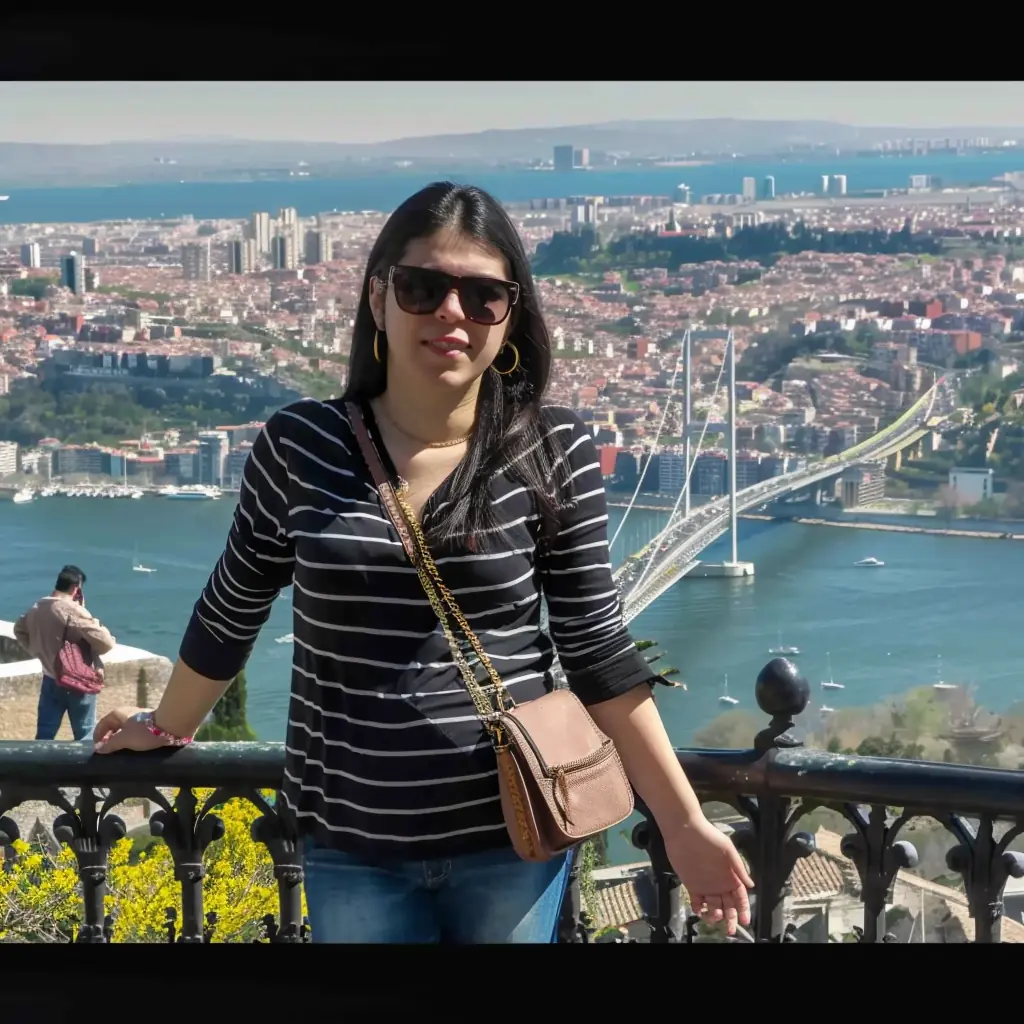
A Surprise Visit to My Long Distance Boyfriend Turned into a Disaster— Story of the Day
After my husband of eighteen years left me, I struggled to find love again at forty-one. Desperate, I joined a dating site and met a charming man named Juan. I took a leap of faith and traveled to Mexico to surprise him, but it turned out to be the worst
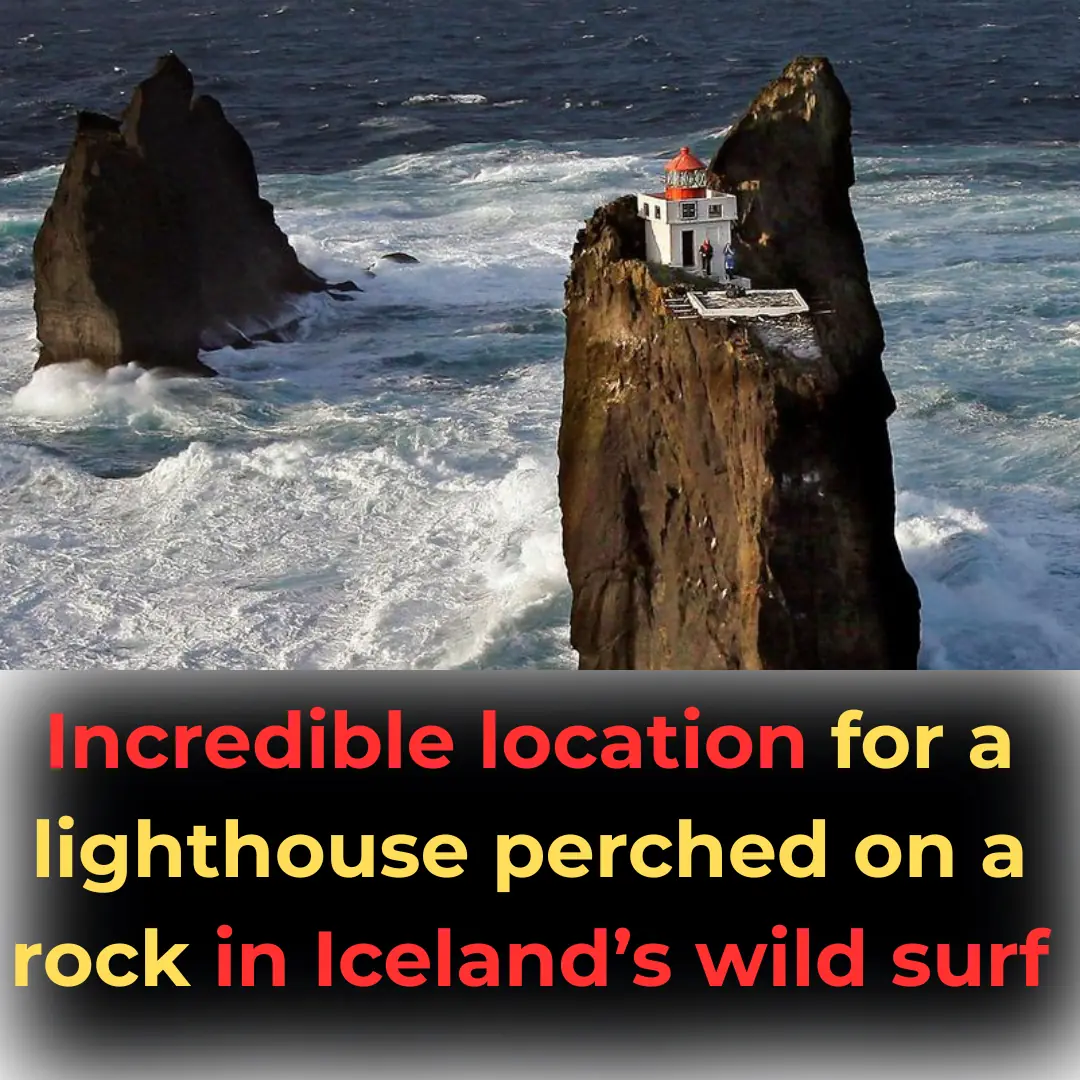
Incredible location for a lighthouse perched on a rock in Iceland’s wild surf

Mystical Seabed Art: The Puffer Fish’s Elaborate Mating Rituals Unveiled
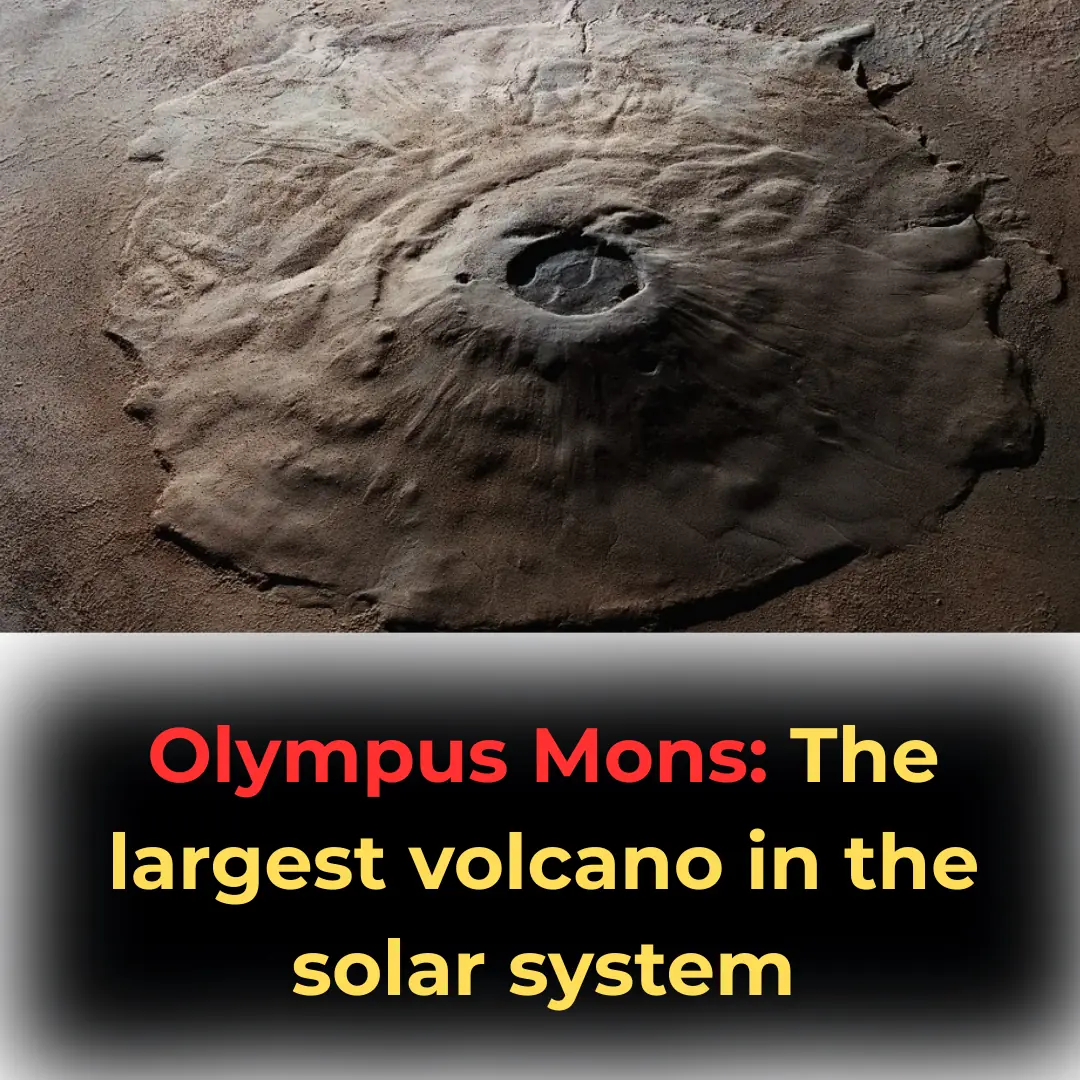
Olympus Mons: The largest volcano in the solar system
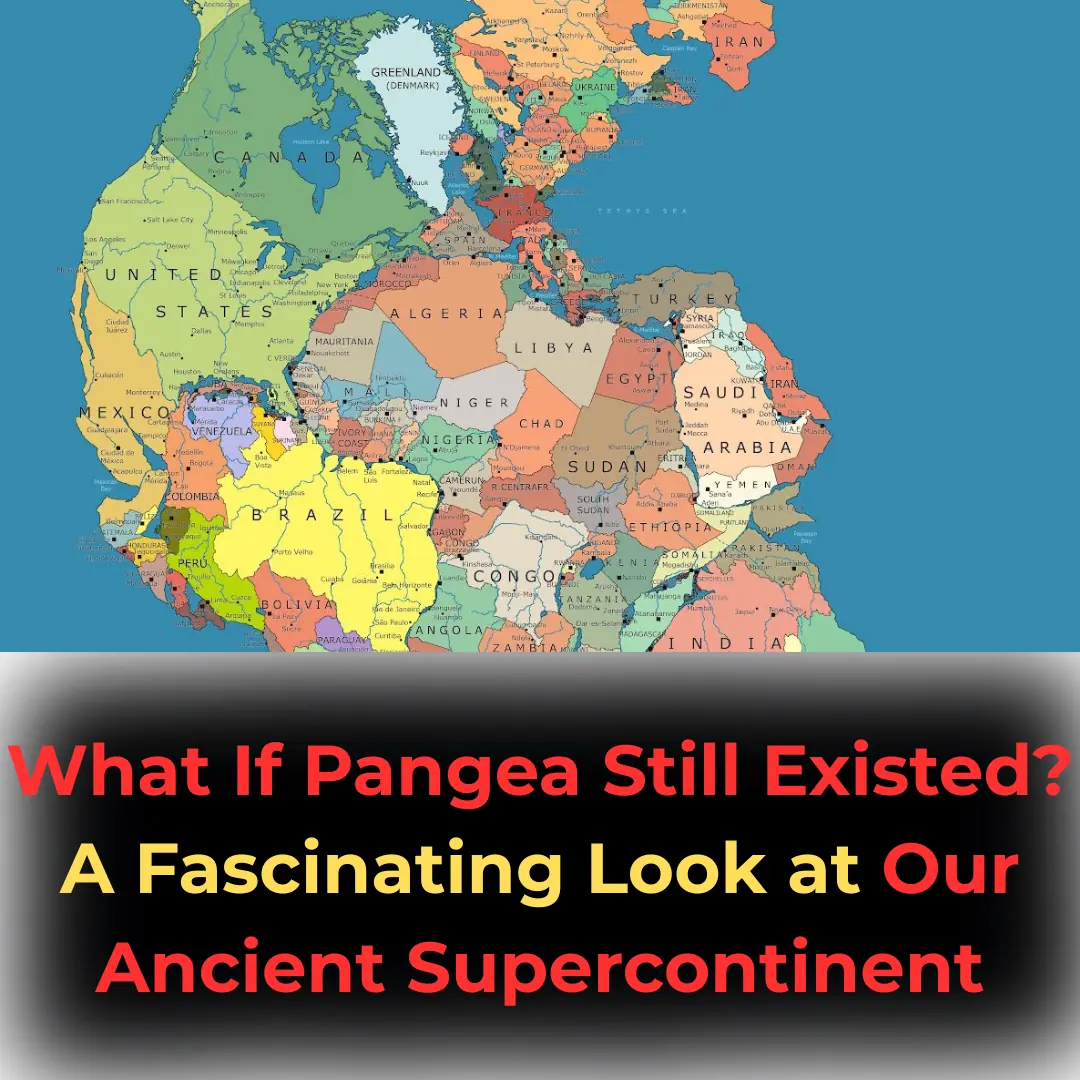
"What If Pangea Still Existed? A Fascinating Look at Our Ancient Supercontinent"
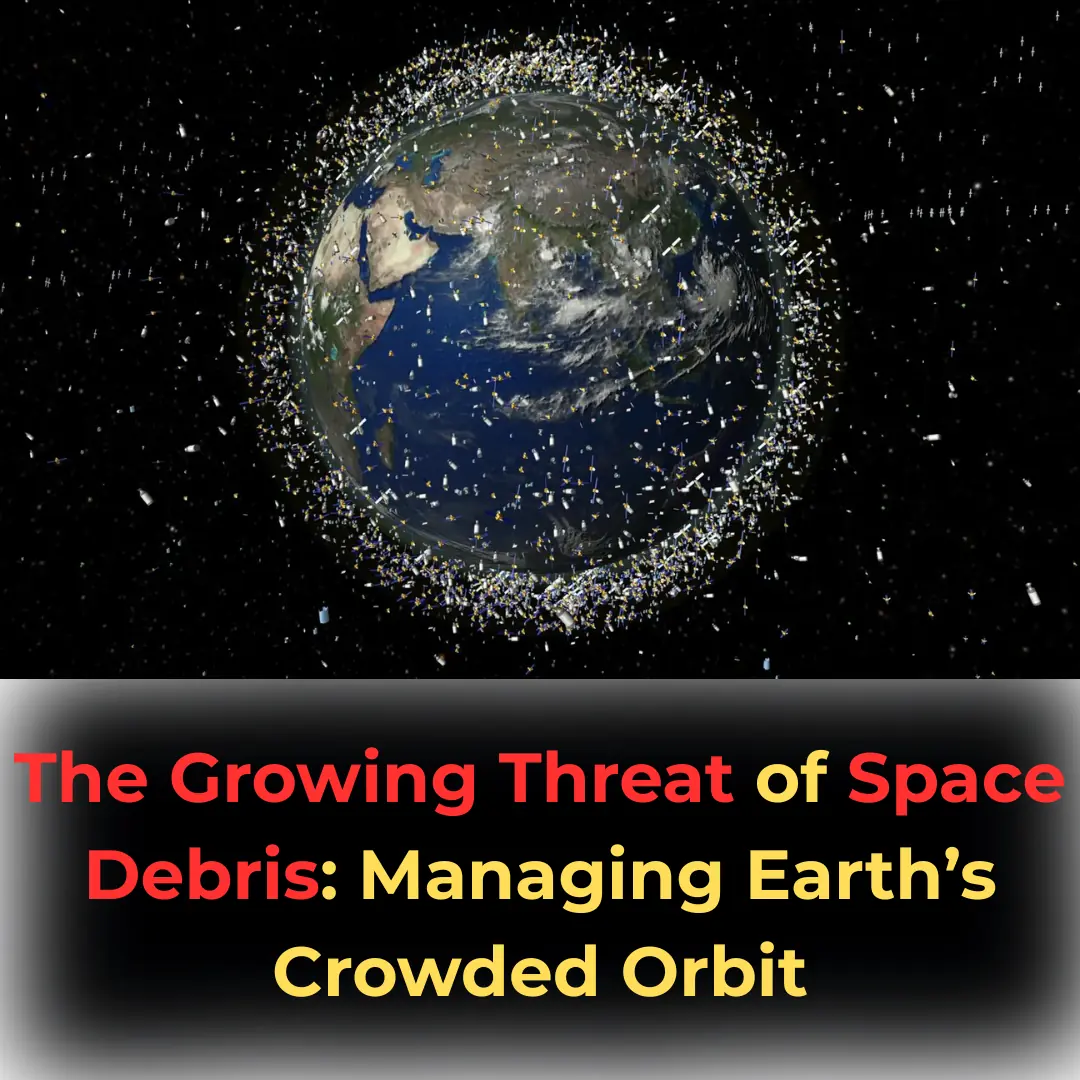
The Growing Threat of Space Debris: Managing Earth’s Crowded Orbit

AM I WRONG TO BE ANGRY THAT MY 71-YEAR-OLD MOM SPENT MONEY ON A TRIP INSTEAD OF HELPING ME PAY MY BILLS?

A wounded veteran picks up trash, as people whisper behind me.

I held her tight while she cried and wouldn’t let go.
News Post

Banana Peels as a Natural Ant Repellent: A Safe and Eco-Friendly Solution

1 year ago 1 year ago Peace Lily Care Guide: Key Tips to Ensure Its Flourishing Growth

THIS DOUBLES Your Testosterone Naturally in 7 Days!

10 Remarkable Health Benefits of Pigweed Greens You Need to Know
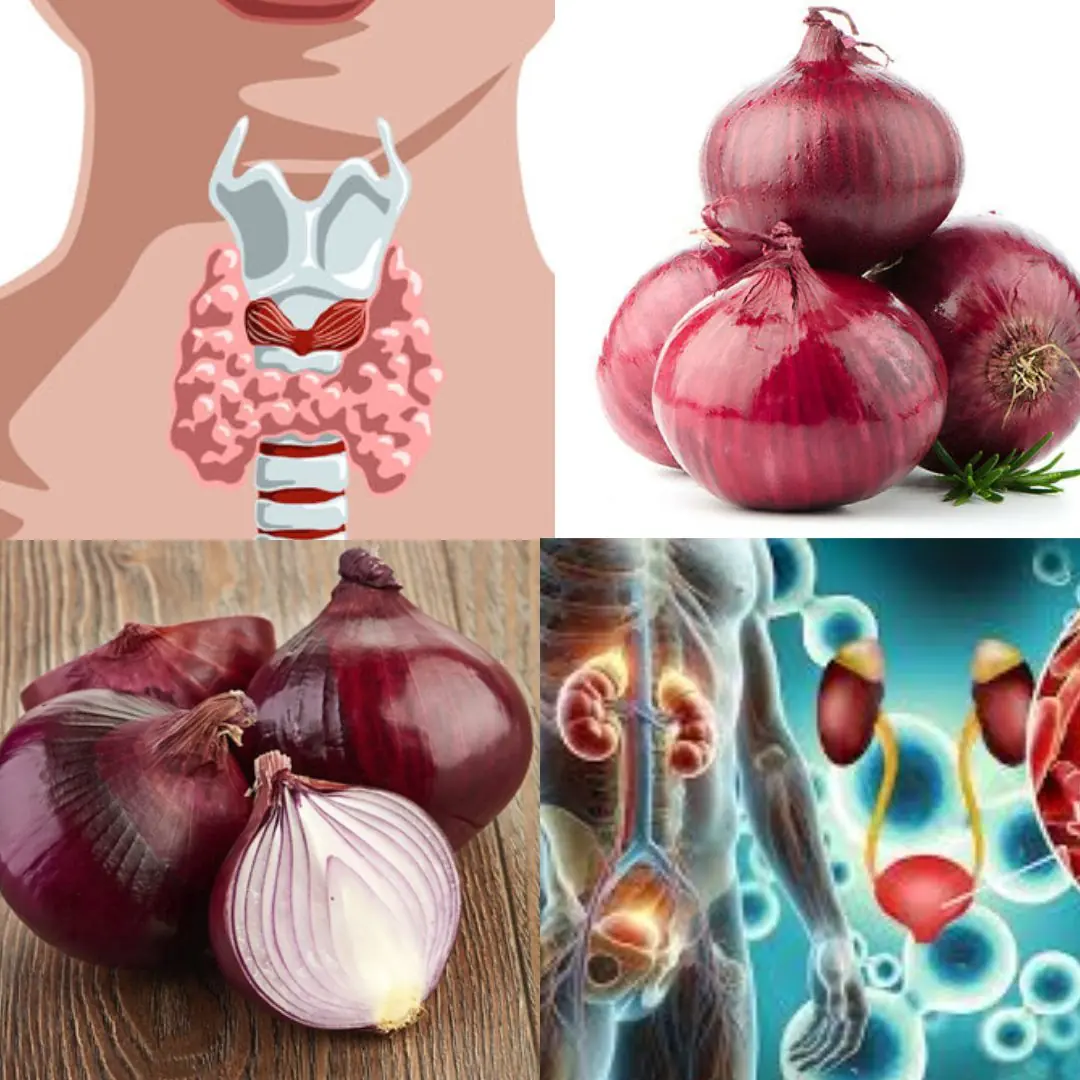
Euphorbia Hirta (Asthma-Plant): Ancient Remedies and Modern Applications for Health and Wellness

Yarrow: A Natural Herb with Powerful Health Benefits

Onion peels and cloves: a simple hair growth remedy from Grandma's time

Vaseline to look 10 years younger

HE JUST NEEDED $25 FOR A HAIRCUT—BUT WHAT HE DID WITH IT SHOOK ME

When my son innocently revealed that my husband had been secretly driving a brighter car with a woman I knew nothing about.

Doctor Warns Against This One Thing If You Wake Up at Night

Reasons You Could Have Numbness or Tingling Sensations in Your Hands

A Well-Known Shampoo Is Being Withdrawn Immediately Due To Bacteria That Can Kill One In Ten Patients

Why Was My Son Left Out? A Text Revealed the Truth

Three Became Fathers in a Day—One Text Changed Everything

"Unbelievable Coincidence: The Orphanage Held a Carbon Copy of Our Child!"

The Hidden Weight of Childhood: A Journey of Independence, Compassion, and Unspoken Secrets

There were cops in my yard, and as an african american family, my mind was full of negative thoughts

I Always Thought Housework Was a Breeze—Until My Son Taught Me a Lesson I’ll Always Remember

I Helped Plan a Family Cruise for My Dad and Stepmom & They Invited Me Too—I Didn't Know They'd Turn Me Into the Nanny
I thought joining my dad and stepmom on a family cruise would bring us closer. Instead, I found myself stuck in a tiny cabin with two kids and a long list of responsibilities no one warned me about.